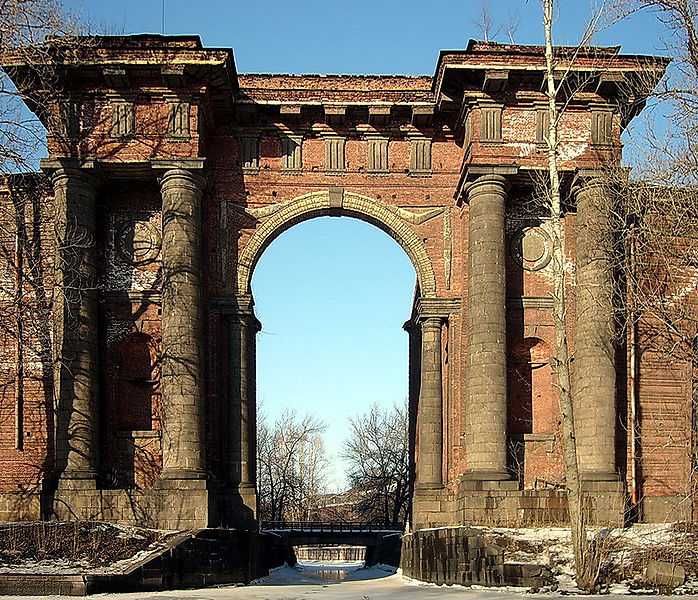The story of New Holland Island in Saint Petersburg, Russia, is closely tied to the birth and creation of the city itself. When Peter the Great decided to create his new capital city out of swampland, he hired a number of shipbuilders of Dutch origin. He welcomed them on the River Neva’s left bank in 1704, giving them land there.
In no time the Dutch builders constructed a port for the new city. But their architecture did not resemble the traditional styles seen in Russia, so this area of the Admiralty shipyard picked up the nickname “Holland.”
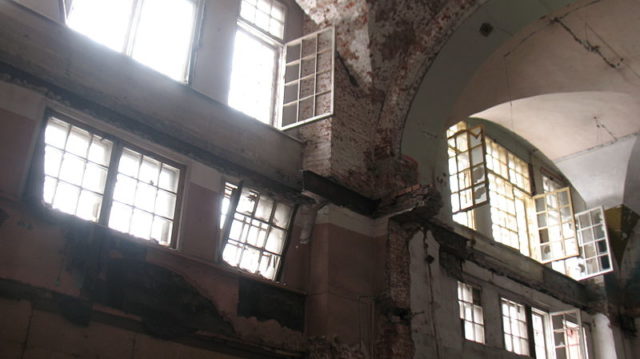
During his reign as Tsar of Russia, Peter the Great made sweeping reforms to modernize both the Russian Army and Russian society in line with his experiences in Europe. He studied techniques of city building in England, and collaborated with skilled master masons to design a very European-styled layout for Saint Petersburg.
The reason for building Saint Petersburg came from Peter’s desire for his vast but at that time effectively almost land-locked country to become a major naval power. In the south, the Ottomans controlled access to the Black and Caspian Seas, and the Swedish Empire dominated to the north.
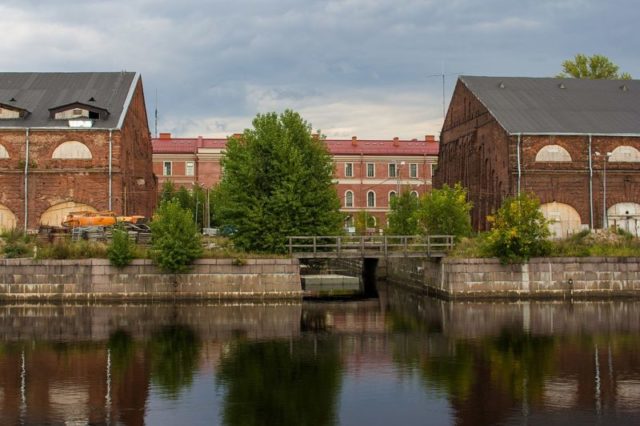
To drum up support from powerful nations in Europe, Peter schmoozed with various diplomats and monarchs. Many of them had interests that were naturally aligned against his own enemies, but Europe was too tied up in the War of Spanish Succession to aid Peter in a battle against the Ottoman Empire. He did, however, forge important relationships and learned much about Western European culture.
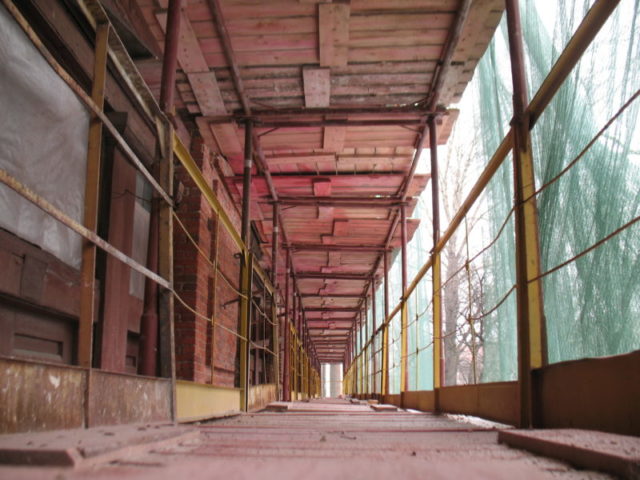
Peter created his first Russian Navy and with it, captured the Ottoman fortress of Azov in 1696. After his victory, he traveled incognito to Zaandam in the Netherlands, where he studied shipbuilding. At that time, the Dutch fleet was among the greatest in the world. He took his new knowledge and returned to Moscow, full of plans to expand his navy and gain control of the Baltic Sea.
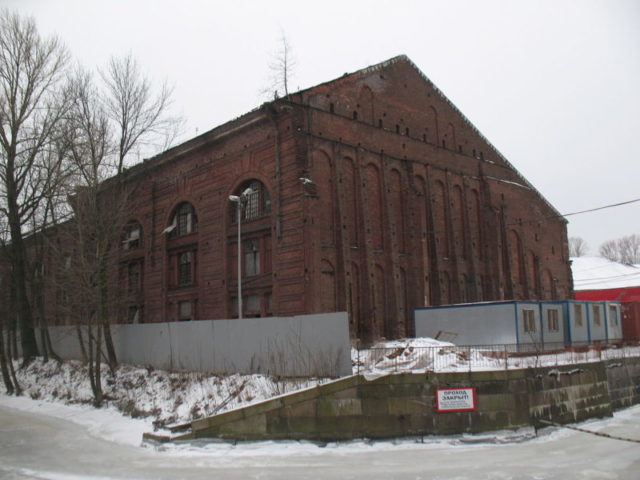
Taking back possession of this bog-filled corner of Russia from the hands of the Swedish Empire was no simple task. But the Tsar saw the strategic advantage in controlling the mouth of the Gulf of Finland, which would give access to lucrative trade routes across the Baltic Sea.
His actions triggered the Great Northern War, a confrontation between the Swedish Empire and an alliance of Denmark–Norway, Saxony, Poland, and Russia that lasted for 21 years.
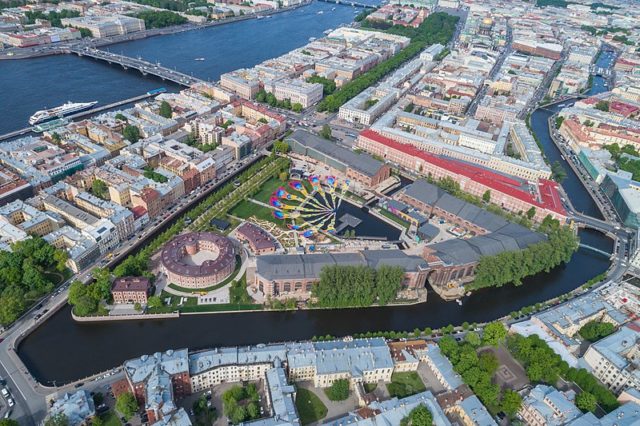
The first Russian campaign against Sweden at Nava, on today’s border between Russia and Estonia, was an embarrassing defeat for Peter. But his army redeemed themselves by gaining ground further north, establishing the Peter and Paul Fortress to protect the River Neva. The foundation stone of Saint Petersburg was laid in 1703.
By 1719 the two canals that would connect the Moika River with the mighty River Neva, the Admiralty Canal and the Kryukov Canal, were completed. Thus, the triangular-shaped artificial island of New Holland was born.
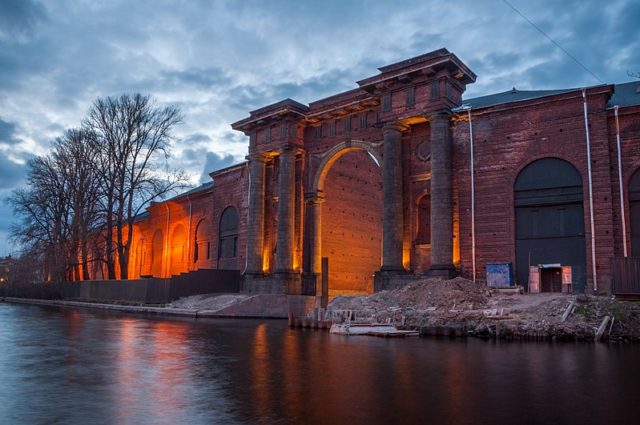
New Holland Island was finally complete and ready to be handed over to the navy in 1730. The navy erected eight wooden lumber warehouses with grated walls — an engineering trick that helped maintain airflow to preserve the wood in pristine condition — alongside the Admiralty Canal between 1732 and 1738. These would later be replaced by brick structures, initially designed by the chief architect of the Admiralty, Savva Chevakinsky. The blueprints were put forward for approval in 1763.
Chevakinsky, a representative of the Baroque school and the architect behind the St. Nicholas Naval Cathedral and Shuvalov Palace, did not design mundane buildings.
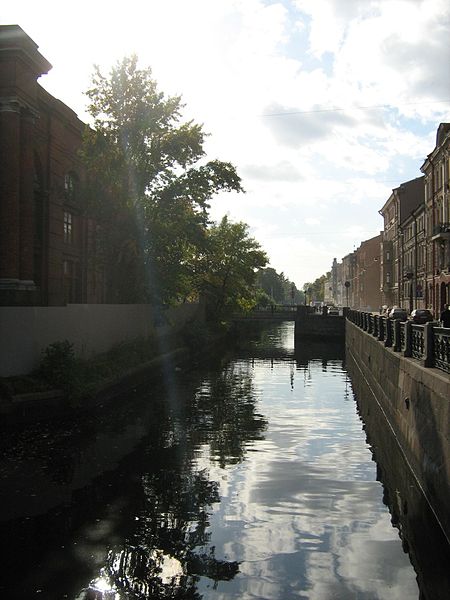
His innovative system of vertical storage of the lumber in a series of silos, or “cones,” was also intended to be pleasing to the eye. The plans were certainly not rushed through, and in 1765 a second architect, Jean Baptiste Vallin de la Mothe, a favorite of Peter the Great, joined the project.
It was Vallin de la Mothe who designed the most famous feature of the island: the brick archway which spans the entrance on the Moika River.
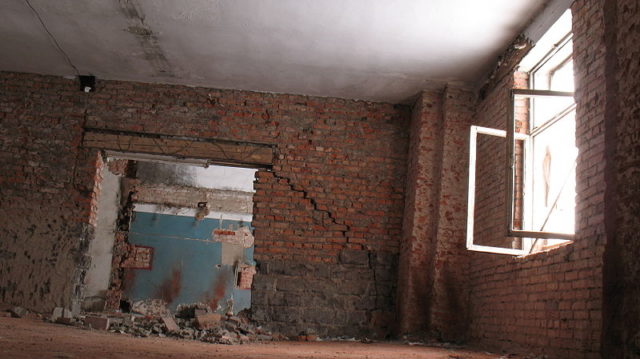
Done in red brick and with two columns that follow the Tuscan Order design on each side, the gateway was and still is a marvel to witness and ‘the’ symbol for the island. It’s construction took seven years, being officially completed in 1777.
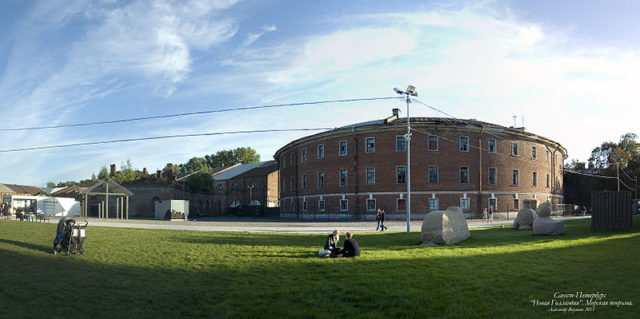
It was in part this arch that got both Chevakinsky and Vallin de la Mothe kicked off the project. The two apparently did not collaborate well, but real their downfall was using estimates for some important measurements. When it transpired that Vallin de la Mothe’s arch was the wrong width, the Admiralty appointed engineer Johann Gerhard to oversee the construction.
Gerard’s revisions to the plans were approved in the summer of 1767. Work began at last, with a total of 500 people employed to meticulously to erect the thirty cones. The construction of these cones lasted until 1779, although some were in use as early as 1773.
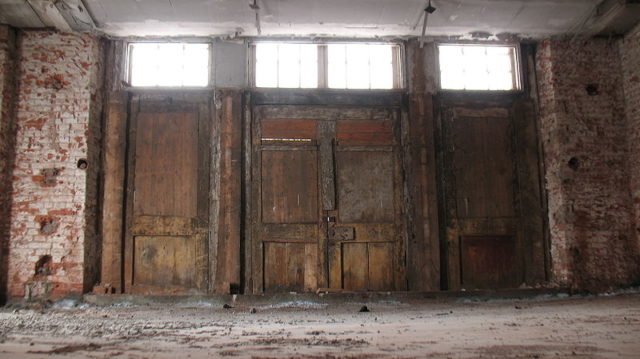
According to the official New Holland website, “Gerard’s plan would never be completed in its entirety; the wars in Turkey and Sweden (1788-1789) interfered.” Plans for a second arch over Kryukov Canal were also never realized.
New Holland has played a central role in the development of shipbuilding in Russia throughout the years. It was also chosen as the location for a radio station in the early 20th century, as from here the signal could be picked up by naval vessels in both the Baltic Sea and the Black Sea. Interestingly, it was from this very radio station that Vladimir Lenin broadcast his announcement of the beginning of the October Revolution in 1917.

The island was completely abandoned during the Soviet Era and access to it was forbidden, however it was added to the list of state-protected historical monuments. The buildings suffered major damage during the Siege of Leningrad (as Saint Petersburg was known from 1924 to 1991) but New Holland remained off limits until after it was passed from control of the Russian Navy to the State in 2004.
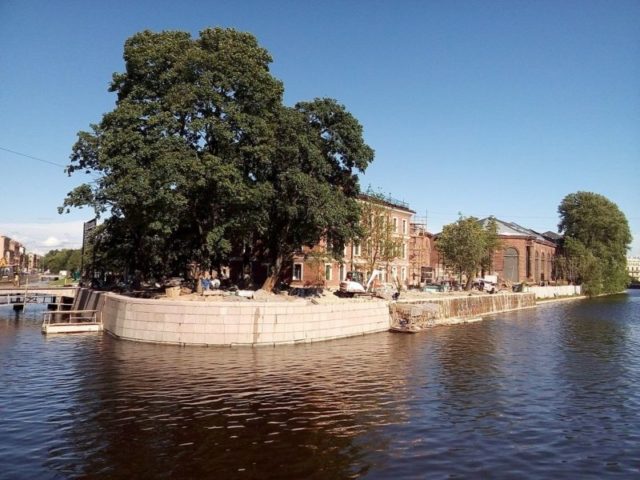
An architectural competition to redevelop the site was launched in 2006, but the designs of the winners did not get built. Instead, the space was opened up to the public for a summer entertainment program in 2011 that was designed to find out how the people wanted to see New Holland developed.
Dutch urban planning firm West 8 was selected to transform the former naval shipyard into a city park, with landscaped grounds, a unique children’s playground, and spaces for hosting cultural events.
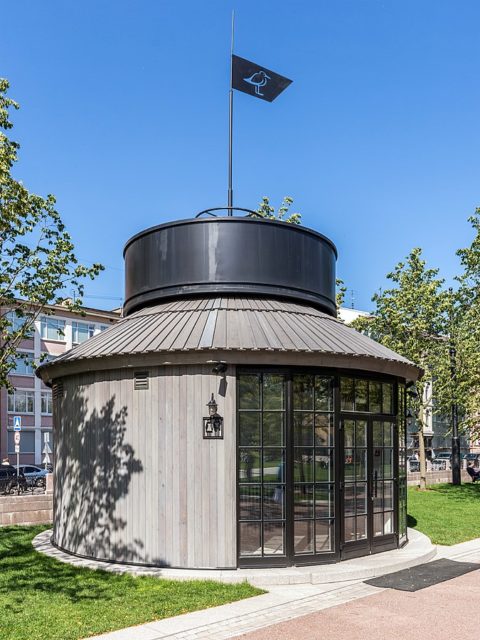
New Holland Park was opened in August 2016. Ongoing work is being completed in phases to allow the public to enjoy their beautiful new city park space. New Holland Island is the perfect family destination as it is filled with gardens and rich verdure as well as shops and cafes.
